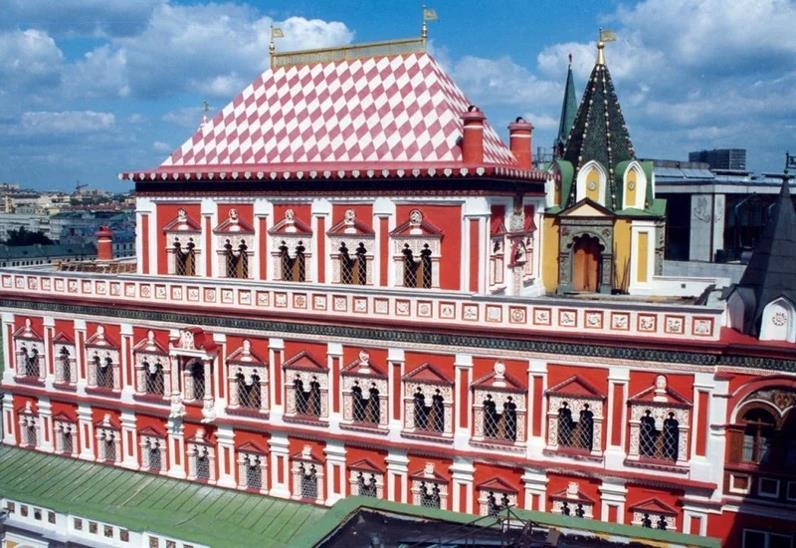Предмет: История,
автор: jenya2008enua16
Рассмотрите иллюстрацию. Какой памятник архитектуры XVII века на ней изображён?
Дворец царя Алексея Михайловича в селе Коломенском
Преображенский храм на острове Кижи
церковь Знамения Пресвятой Богородицы
Теремной дворец Московского Кремля
Приложения:

Ответы
Автор ответа:
0
это четвёртый вариант т.к. это Кремль
Автор ответа:
0
Это дворец Алексея Михайловича
Похожие вопросы
Предмет: Қазақ тiлi,
автор: камила20053
Предмет: Окружающий мир,
автор: Каринка651
Предмет: Английский язык,
автор: QueenMarg0
Предмет: Обществознание,
автор: murzilka6532
Предмет: Английский язык,
автор: Uhbifgjgjd